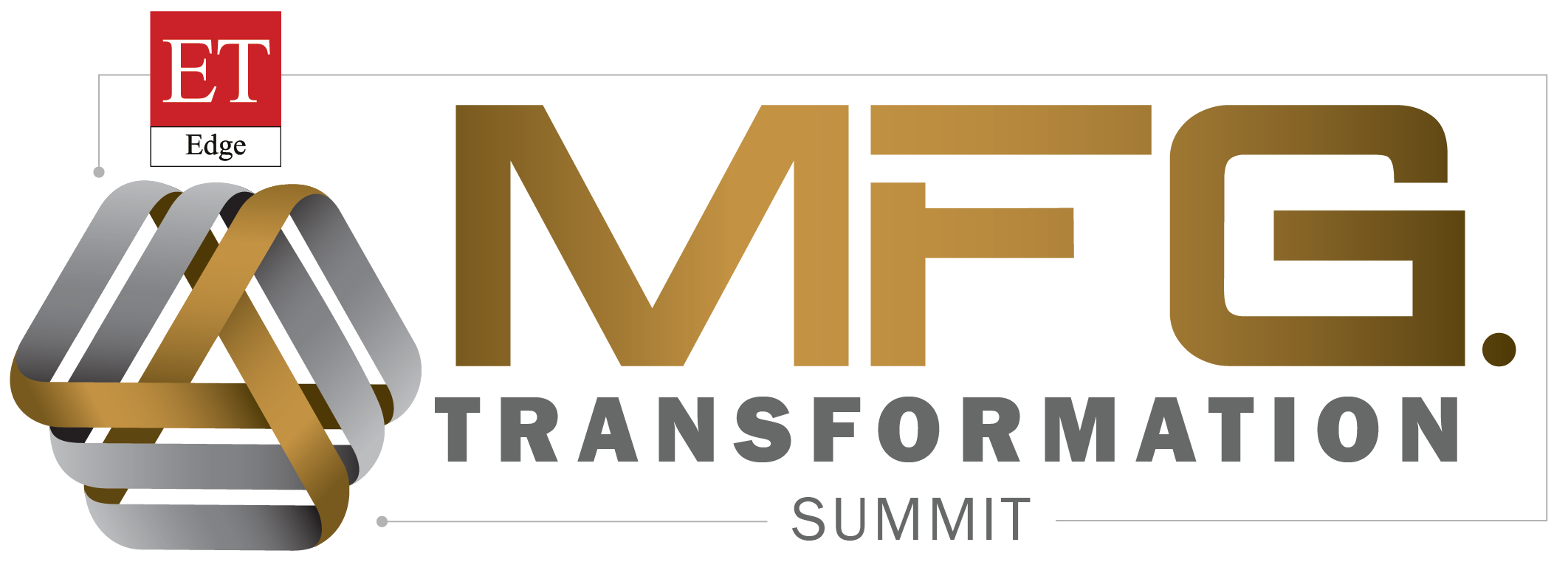
Sibasish Pani
Head Digital Innovation & Technology (ESP)
Schneider Electric
How do you define a successful digital experience in a hybrid work environment?
A successful digital experience in a hybrid environment seamlessly integrates digital and physical elements to provide users with a cohesive and engaging interaction across platforms and spaces.
Some of the basic expectation are
- Unified Communication Tools across environment
- Cloud-Based Collaboration for supporting daily
- User-Friendly Platforms : intuitive, ease of use, mobile compatibility, and accessibility.
- Robust IT Infrastructure : reliable infra, secure VPNs, and access to digital tools are essential.
- Data Security and Privacy: implement strong security protocols, such as encryption and multi-factor authentication, to protect company and customer data across all digital touchpoints.
- Cultural Inclusion : Foster a culture that values both remote and on-site employees equally. Use digital platforms to encourage participation and inclusiveness, ensuring everyone feels part of the team.
Some of the key elements are
- Seamless Integration:
- User-Centric Design: This involves accessible design, easy navigation, and personalized content delivery.
- Flexibility and Accessibility: The digital experience should be adaptable to different devices and environments, ensuring accessibility for all users, regardless of physical or cognitive abilities. This means optimizing for various screen sizes, operating systems, and adaptive technologies.
- Interactivity and Engagement: Encourage active participation and interaction. Whether through digital touchpoints or physical interactions enhanced by technology (like AR or IoT), users should feel involved and engaged—promoting deeper connections and satisfaction.
- Consistency Across Platforms: Ensure that branding, messaging, and functionality are consistent across all digital and physical platforms. A cohesive brand experience strengthens trust and recognition.
- Data-Driven Personalization: Leverage data analytics to tailor the experience to individual users. Real-time insights can inform adaptive experiences that resonate with user preferences, increasing relevance and engagement.
- Security and Privacy: Protect user data across the digital and physical spectrum. Clear communication about how data is used and robust security measures are essential to build trust.
- Scalability and Future-Readiness: Ensure the infrastructure can support growth and adapt to technological advancements. A successful digital experience is sustainable and can easily incorporate new features or technologies.
In essence, a successful digital experience in a hybrid environment requires harmonizing technology with human-centric design principles, creating an ecosystem where digital and physical interactions complement one another to enrich the overall user journey.
I would like to quote some examples of platforms that does this beautifully
- Event Platforms :- Hopin This platform offers tools for hosting online and hybrid events, allowing participants to attend virtually or in person. It effectively integrates live streaming, networking features, and virtual expo areas, creating an engaging experience for attendees, regardless of their location.
- Corporate Workspaces: Microsoft’s Hybrid Work Solutions*: Integrating tools like Microsoft Teams and Surface Hubs, Microsoft has reimagined corporate environments. These setups facilitate seamless transitions between in-office meetings and virtual collaborations, ensuring all team members remain engaged and productive.
How important is user-centric design in developing digital tools and platforms for hybrid work, and what principles should guide this process?
User-centric design is crucial when developing digital tools and platforms, especially for hybrid work environments. These environments combine remote and in-office work, demanding tools that seamlessly bridge the gap between different work settings.
The Importance of User-Centric Design*:
- Enhanced Usability: User-centric design ensures tools are intuitive and easy to use, minimizing the learning curve and allowing employees to focus on their tasks rather than struggling with technology.
- Increased Productivity: When tools align with user needs and workflows, employees can work more efficiently. They feel equipped to handle their tasks irrespective of their location, leading to higher productivity.
- Better Employee Satisfaction: A well-designed tool that considers user feedback can enhance job satisfaction and reduce frustration, contributing to higher employee morale.
- Reduced Support Costs: Fewer usability issues lead to fewer support tickets, saving time and resources for IT departments.
- Adaptability to Change: As hybrid work continues to evolve, user-centric design allows for flexibility and adaptability, ensuring tools remain relevant and effective.
Guiding Principles for User-Centric Design:
- Empathy and Understanding: Begin with a deep understanding of user needs through research methods like interviews, surveys, and observations. Building empathy for users highlights their pain points and aspirations.
- Iterative Design and Development: Implement an iterative approach with frequent testing and feedback loops. Prototype quickly and refine based on real-world user feedback, ensuring the final product meets users’ evolving needs.
- Simplicity and Clarity: Design for clarity and simplicity. Complex interfaces can overwhelm users, particularly in a hybrid setup where they might be juggling multiple tools and platforms.
- Consistency: Ensure consistency in design language and interactions across different tools and platforms. This aids in ease of use and helps users jump seamlessly between tasks and tools.
- Accessibility: Design for all, ensuring accessibility features are included so that every user, regardless of ability or device, can effectively use the platform.
- Scalability: Design with growth in mind. Ensure the platform can scale as user requirements and team sizes change over time.
By prioritizing user-centric design, organizations can create digital tools that not only meet the current needs of their hybrid workforce but also adapt to future challenges and opportunities.
